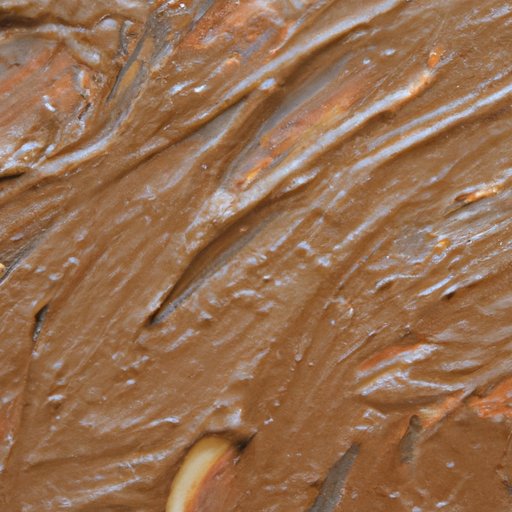
Introduction
Have you ever found yourself struggling to create the perfect shade of brown, only to end up with something that’s not quite right? Brown is a notoriously difficult color to create, but with a little experimentation and guidance, you can find your perfect shade. In this article, we’ll explore different methods for creating brown color, including experimenting with primary colors, using natural dyes, finding the right proportions, layering different materials, and using brown as a base color.
Experimenting with Primary Colors
Brown is not a primary color, but by mixing different primary colors – red, yellow, and blue – you can create a wide range of brown shades. The key is finding the right ratios of these colors to achieve the desired shade. For example, to create a warm, chocolate-brown color, start with red and yellow, mixing together until you get an orange hue, then add small amounts of blue until the color cools down to brown.
It’s important to use high-quality pigments to achieve the most vibrant color. Artists’ or professional paints are usually more pigmented than children’s paints and are suitable for creating the perfect brown color.
When mixing colors, it’s always a good idea to start with small amounts and gradually add more until you achieve the desired hue. This helps to avoid wasting paint or other materials. A good rule of thumb is to mix a small test batch of color before committing to a larger quantity.
Natural Dyes as Alternatives
If you don’t want to use paint or other artificial materials, natural dyes can be a great alternative. There are many natural ingredients that can be used to create brown color, including coffee, tea, and spices like cinnamon and turmeric.
To extract color, start by simmering your chosen ingredient in water for several hours until the dye is concentrated. Strain out any solids, then use the liquid to dye your material, such as fabric or paper. The longer the material is soaked, the more intense the color will be.
It’s worth noting that natural dyes may fade over time, especially with exposure to sunlight. It’s a good idea to keep dyed materials out of direct sunlight and handwash them to prevent fading.
Finding the Right Proportions
Whether you’re using paint or natural dyes, finding the right proportions of color is key to achieving the perfect shade of brown. Measure your ingredients carefully to ensure consistency.
For example, if you’re using food coloring to dye frosting or other materials, start with a few drops and add more until you get the desired color. If the color is too light, add a few more drops, or if it’s too dark, add a drop or two of white or a complementary color to lighten it up.
If you’re mixing paints, start with a small amount of each color and gradually increase until you find the right balance. Keep track of your ratios and adjust as needed.
The Art of Layering
Layering colors is a great way to achieve a richer, more vibrant shade of brown. Start by applying a base layer of color, such as a brown paint or dye. Once dry, add a layer of a complementary color, like orange or yellow, then another layer of brown on top. This creates a multi-dimensional effect that gives your brown color depth and richness.
Be sure to use thin layers and let each layer dry completely before adding another. This avoids smudging or streaking.
Remember, layering can be done with a variety of materials, including paint, spices, or fabric dyes. Experiment with different combinations to find the right layering technique for your project.
Using Brown as a Base Color
Brown is a versatile color that can be used as a base color in many applications. For example, in painting, brown can be used as a base for landscapes, skin tones, and animal fur. In interior design, brown is a popular color for flooring, furniture, and accent walls. In fashion, brown pairs well with other neutrals like beige and gray, or with bright pops of color like red or yellow.
The key to using brown as a base color is pairing it with complementary colors that enhance its richness and depth.
Conclusion
In conclusion, creating the perfect shade of brown is all about experimentation and finding the right combination of colors and materials. Whether you’re mixing paint, using natural dyes, layering materials, or using brown as a base color, there’s no one-size-fits-all approach. Try different methods until you find the one that works best for your project.




